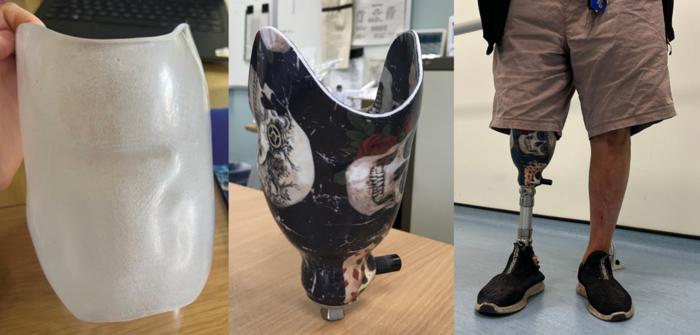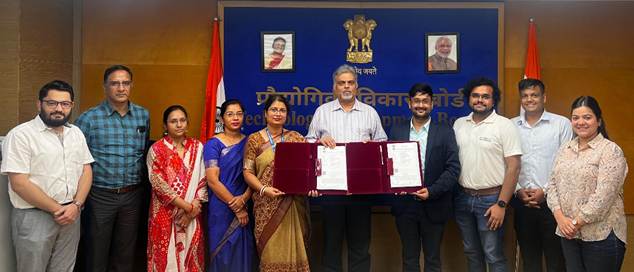Glasgow, UK: Researchers from the United Kingdom and Germany have harnessed the power of artificial intelligence (AI) to address the challenges of diagnosing inherited retinal diseases (IRDs).
These rare disorders, which affect the retina and result from changes in specific genes, are notoriously difficult to identify due to their uncommon nature and the involvement of numerous candidate genes.
Outside of specialized centers, there is a scarcity of experts with sufficient knowledge of these diseases, resulting in limited access to accurate testing and diagnosis for patients. However, the development of an AI system called Eye2Gene aims to overcome these barriers by enabling more widespread testing and enhancing efficiency.
Dr. Nikolas Pontikos, a group leader at the UCL Institute of Ophthalmology and Moorfields Eye Hospital in London, explains that Eye2Gene utilizes retinal scans to identify the genetic cause of IRDs. Even for experts, determining the causative gene from a retinal scan is considered extremely challenging. However, the AI system achieves this task with higher accuracy than most human experts, according to Dr. Pontikos.
The researchers leveraged the extensive database of IRD information from Moorfields Hospital, which spans over three decades of research and includes data from more than 4,000 patients who underwent genetic diagnosis and detailed retinal imaging. This dataset represents the largest compilation of both retinal and genetic data for IRD patients from a single center.
Traditionally, the identification of the gene involved in a retinal disease relies on the patient’s phenotype, which is characterized using the Human Phenotype Ontology (HPO). HPO uses standardized and structured descriptions of medical terms related to a patient’s observable characteristics resulting from gene expression. Dr. Pontikos highlights that HPO terms often provide imperfect descriptions of retinal imaging phenotypes. In contrast, Eye2Gene offers a richer source of information by directly analyzing retinal imaging.
To evaluate Eye2Gene, the team compared its gene scores with those generated by HPO for 130 IRD cases with known gene diagnoses, accompanied by whole exome/genome sequencing, retinal scans, and detailed HPO descriptions. In over 70% of cases, Eye2Gene provided a rank for the correct gene that was higher or equal to the HPO-only score.
In the future, Eye2Gene could be seamlessly integrated into routine retinal examinations, initially serving as an assistant in specialist hospitals for second opinions and eventually functioning as a “synthetic expert” in cases where human expertise is unavailable. Dr. Pontikos envisions the ideal scenario as embedding Eye2Gene software directly into retinal imaging devices.
- Eurekalert







